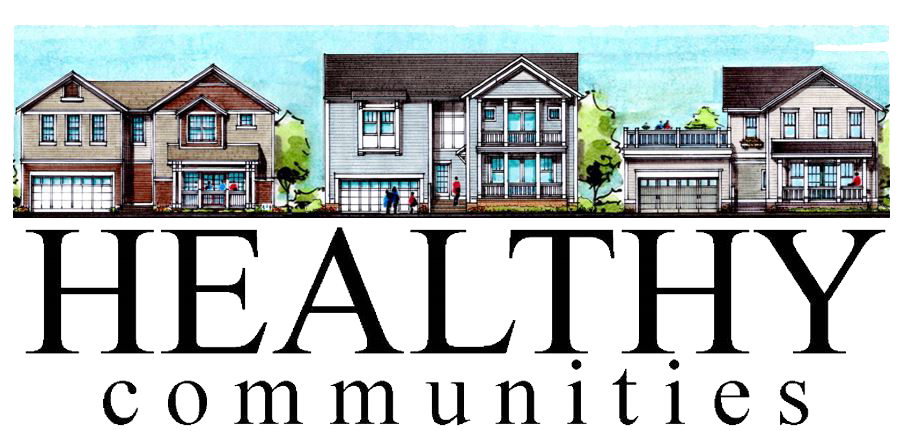An energy-efficient home design seems to be a common practice that many property buyers are currently incorporating as they look to buy properties. Essentially, it has become a common undertaking for property owners to work on some creative approaches that can assist in lowering energy costs in their properties. Here are a few things to understand about an eco-friendly home design.
1. Rooftop Solar Panels
Essentially, energy-efficient home designs are usually eco-friendly and use the surrounding environment to help reduce energy consumption. For instance, a solar panel can be installed on the roof of a property to trap solar energy, which can power some appliances in the house. This is one way of reducing energy bills as you will use renewable and free solar power.
2. Proper Home Insulation
Insulation is another way of achieving an energy-efficient home design. Good insulation ensures minimal heat loss in a property. Therefore, the HVAC system won’t have to work overtime, saving energy and lowering energy bills. Sound insulation can be achieved in several ways, such as ensuring no cracks and gaps on the exterior walls and sealing off any openings.
3. Double-Pane Windows
A double-pane window is also an excellent way to achieve an energy-efficient home design. Such windows usually have a layer of inert gas between the two panes, providing better insulation. In this case, the heat loss in a property is minimized as the windows trap more heat. In addition, double-pane windows also help reduce noise pollution as they block out external noise.
4. Energy-Efficient Appliances
Using energy-efficient appliances is also an excellent way to design an energy-efficient home. This is because such appliances usually consume less energy as they are designed to operate using less power. As such, they help reduce energy bills and greenhouse gas emissions. Common energy-efficient appliances include CFL light bulbs, LED light bulbs, and energy-efficient refrigerators.
5. Natural Lighting
Over the years, it has been proven that using natural lighting can help reduce a property’s energy consumption as natural lighting doesn’t require electricity to brighten up a room. As a result, it helps save on energy costs and reduce greenhouse gas emissions. In addition, natural lighting also helps to create a more comfortable and inviting environment.
6. LED Lighting
Finally, another way of having an energy-efficient home design is by using LED lighting. LED lights are more energy-efficient than traditional incandescent bulbs. In addition, they also last much longer, which means that you won’t have to keep replacing them. That’s why LED lighting helps reduce energy bills and your carbon footprint.
Conclusion
Overall, there are many different ways that you can achieve an energy-efficient home design. Using some of the methods mentioned above, you can reduce your energy consumption and save money on your energy bills. In addition, you will also be doing your bit for the environment by reducing your carbon footprint. Contact Healthy Communities LLC today to learn more about how we can help you achieve an energy-efficient home design.
